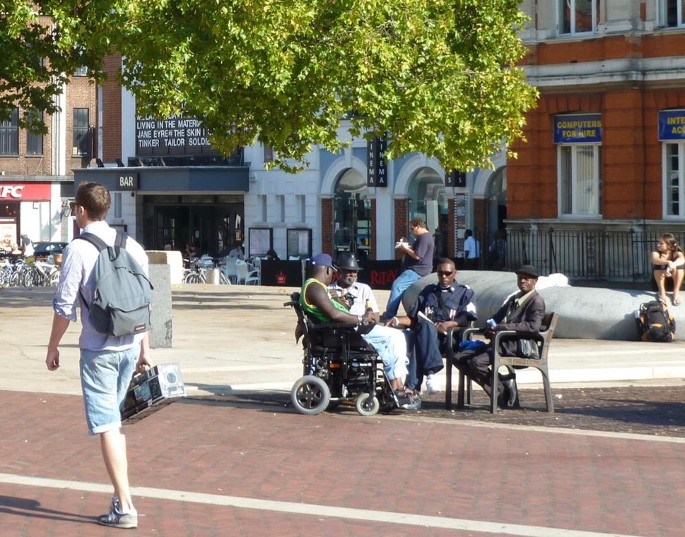Eliminating architectural barriers is one of the pending issues for integrating people with disabilities into society. In turn, it will open paths in the family, work, and social spheres. Most countries lack this type of inclusive policies. For example, a person with a disability must overcome the obstacles in buildings and urban space. We cannot fail to include social barriers within these obstacles.
Physical barriers are the ones we will deal with this time: we find them in most public spaces, that is, parks, squares, sidewalks, and other places in the neighborhood. Buildings in general also lack adequate solutions to these problems. Steps, stairs, tiny elevators, doors in poor condition, broken sidewalks, and unadapted public toilets are the leading causes that affect people with disabilities.
Create Awareness
Lack of mobility is a severe problem, with consequences in many facets of the lives of disabled persons. It implies not being able to move, in some cases, not being able to eat alone, not being able to visit a friend, not going to the movies, not being able to shop, not being able to go to work and we could occupy several lines about the limitations that are suffered. Then it becomes clear that the disability has probation if situations do not arise. People who need wheelchairs or canes need minimal spaces to maneuver; this implies a larger surface, an adequate distribution, and adapted and practical furniture. The awareness of professionals must also be reinforced.
The problem of learning the needs of a person with a disability is as significant as the realization of work to be done. If the “common” of people knew the prejudice they cause when leaving their car parked on-ramp access, in a garage exit, or a parking lot for people with disabilities, we would surely avoid this awkwardness.
In most neighborhoods, the issue worsens. From there, it will be essential to create awareness of this situation in each neighbor to know the needs of people with disabilities. Traveling the streets in a wheelchair does not differ much as there are insufficient ramps or poor material conditions especially without high tech driving controls.
They are not even thought of as circuits that have strategic points, as it could be a route with a route to the subway entrances, commercial avenues, railway stops (bear in mind that in some stations, there are several obstacles on the ramps for people with motor disabilities). It often happens that there is a ramp in one corner, and in the opposite, there is none; therefore, the solution is inconclusive.
Although the Government ensures accessibility law for people with motor disabilities, it is not enough, and the ramps are not in good condition. There is a need for more dissemination for the residents of the affected neighborhoods and to become aware of people with disabilities’ architectural requirements.
The invisibility of the problems that disability entails and the various solutions that would merit being put into practice to enable their proper social integration is mainly due to ignorance.

